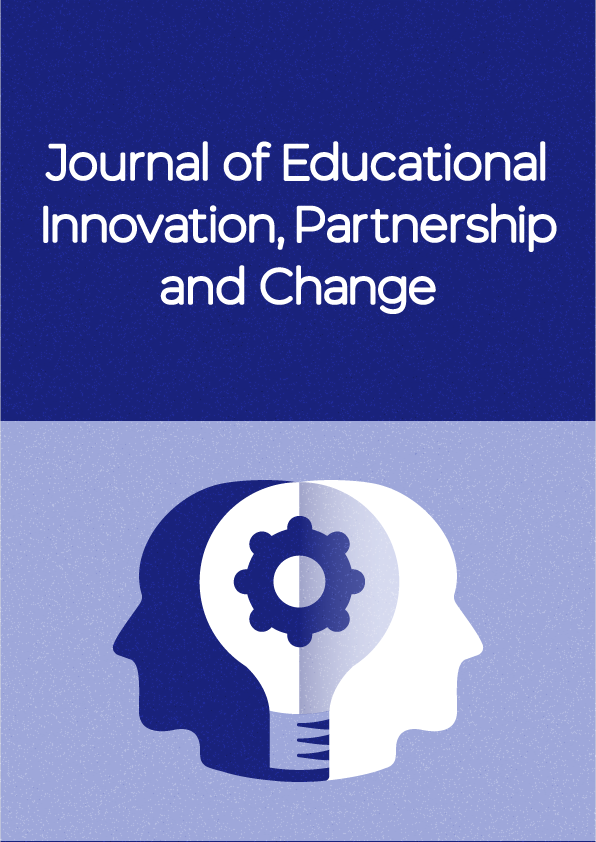Preface
Keywords:
student engagement, design thinking, students as change agents, hard-to-reach, learning and teaching, higher education, student-led, empowerment, change, innovationAbstract
PrefaceReferences
Abbott, S.E. (ed.) (2014) ‘Hidden curriculum.’ The Glossary of Education Reform, Great Schools Partnership. Available at: http://edglossary.org/hidden-curriculum (Accessed: 16 February 2016).
Brand, S., Millard, L., Bartholomew, P. and Chapman, P. (2013) ‘Students as Partners: a Three Layered Approach for Enhancement.’ In: E. Dunne and D. Owen (eds.) The Student Engagement Handbook - Practice in Higher Education. Bingley: Emerald.
Dunne, E. and Owen, D. (eds.) (2013) The Student Engagement Handbook - Practice in Higher Education. Bingley: Emerald.
Fast company (2016) Design Thinking… What is that? Available at: http://www.fastcompany.com/919258/design-thinking-what (Accessed: 16 February 2016).
Gibbs, G, (2016) ‘Student engagement is a slippery concept, Idea Number 42.’ 53 Powerful Ideas, SEDA. Available at: http://www.seda.ac.uk/53-powerful-ideas (Accessed: 16 February 2016).
Meyer, J.H.F. and Land, R. (2005). ‘Threshold concepts and troublesome knowledge (2): Epistemological considerations and a conceptual framework for teaching and learning.’ Higher Education, 49(3), 373-388.
Simon, H. (1969) The Sciences of the Artificial. Cambridge MA: The MIT Press.
Solomonides, I. (2013) ‘A Relational and Multidimensional Model of Student Engagement.’ In: E. Dunne and D. Owen (eds.) The Student Engagement Handbook - Practice in Higher Education. Bingley: Emerald.
Teaching and Learning Research Programme (TLRP) (2009) Effective learning and teaching in UK higher education. London: Institute of Education.
Trowler, V. (2010) Student Engagement Literature Review (p.3). York: Higher Education Academy.
Downloads
Published
How to Cite
Issue
Section
License
Copyright is held by the journal. The author has full permission to publish to their institutional repository. Articles are published under an Attribution-NonCommercial-NoDerivatives 4.0 International licence.


